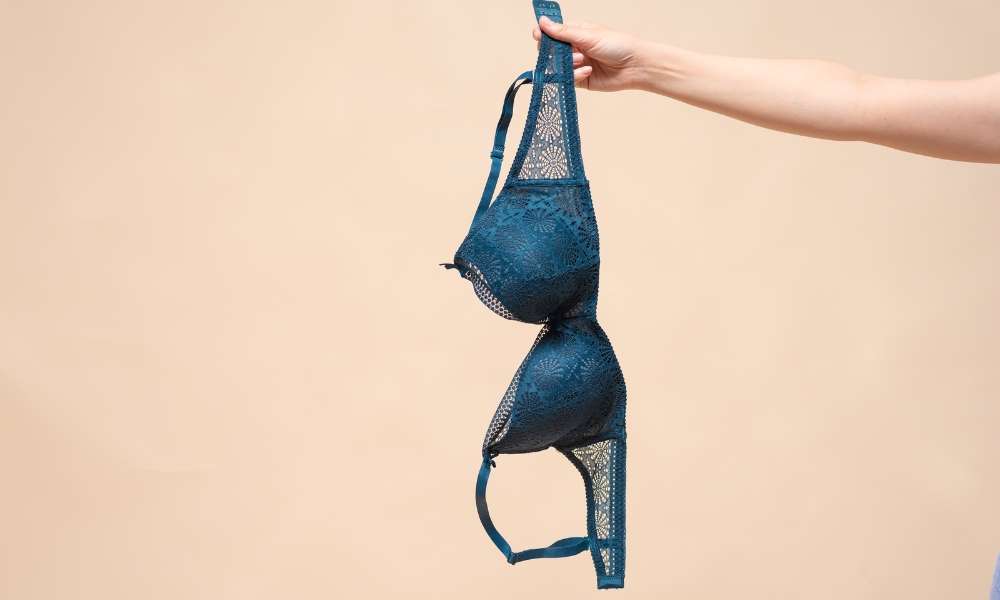Bra Essentials: Fit, Care, Brands & Sustainable Choices
Discover how the right bra can transform daily comfort and breast health. This comprehensive guide explains proper fitting methods, key features of quality bras, care routines to extend lifespan, common fit problems with practical fixes, brand price comparisons, and sustainable options. Learn how to choose bras that deliver support, shape, and long-term value while making eco-conscious choices. Ideal for anyone seeking better comfort, fit, and informed shopping decisions.

Bras are more than just undergarments — they provide support, shape, and confidence. As styles and materials have evolved, understanding fit, construction, care, and brand differences helps you get the most from every bra. This guide breaks down what matters when choosing, maintaining, and replacing bras so you can feel comfortable and supported every day.
Why a Proper Fit Is Essential
A correctly fitted bra supports breast tissue, reduces strain on shoulders and back, and improves posture and clothing fit. Professional fitters can determine precise band and cup measurements, but you can also assess fit at home. Warning signs of an ill-fitting bra include straps digging into the shoulders, the band riding up at the back, cups that wrinkle or gap, and spillage over the cup edges. Because bodies change with weight fluctuations, hormonal cycles, pregnancy, aging, and exercise habits, rechecking your size periodically — at least once or twice a year — ensures continued comfort and support.
Key Elements of Quality Bras
High-quality bras blend durable construction with comfort-focused design. Look for sturdy materials and reinforced stitching in stress areas like the band and straps. Adjustable components (sliders, multiple back hooks) allow fine tuning for a better fit. Structured bras often use underwires for shape and lift; when well fitted, underwires cradle breast tissue rather than dig in. Soft, wide straps distribute weight more evenly and reduce shoulder pressure, while breathable fabrics (cotton blends, moisture-wicking synthetics) improve comfort in warm or active conditions. A snug, supportive band is critical — the band provides most of the support, not the straps.
Caring for Bras to Maximize Lifespan
Proper laundering and storage dramatically extend a bra’s usable life. Hand washing in cool water with a gentle detergent is ideal; when you must use a machine, place bras in a lingerie bag and select a delicate cycle. Avoid bleach and fabric softeners that can break down elastic fibers. Skip the dryer: heat warps underwires and elastic, so reshape cups and lay bras flat to dry. Rotating between several bras prevents overuse of any single piece and helps maintain elasticity. Replace bras when bands and straps lose stretch, seams fray, or padding becomes misshapen — generally every 6 to 12 months depending on wear frequency.
Common Fit Problems and Practical Fixes
Many bra issues have simple solutions. If straps slip off the shoulders, try tightening them, switching to a wider strap style, or using a strap clip to convert to a racerback for certain outfits. If the band feels too tight or pinches, try the next band size up and adjust cup size accordingly; conversely, a band that rides up usually means it is too large. Underwire poking can indicate incorrect cup size or a warped wire — a professional fitting or replacement may be necessary. For high-impact activities, invest in a properly fitted sports bra to minimize bounce and discomfort. Specialty bras, extenders, and adhesive supports can solve styling challenges for particular garments.
Brand Options and Price Comparison
| Brand | Basic Style Price Range | Premium Style Price Range | Notable Features |
|---|---|---|---|
| Victoria’s Secret | $35-50 | $60-75 | Wide style selection, popular sizing |
| Wacoal | $45-65 | $70-85 | Superior support, extended sizes |
| ThirdLove | $45-68 | $70-80 | Half-cup sizing options |
| Soma | $40-60 | $65-80 | Comfort-focused designs |
| Bali | $25-40 | $45-60 | Affordable quality options |
Prices, rates, or cost estimates mentioned in this article are based on the latest available information but may change over time. Independent research is advised before making financial decisions.
Sustainable and Ethical Considerations
Sustainability is becoming a major factor in lingerie buying decisions. Brands are adopting eco-friendly fibers like organic cotton, TENCEL, and recycled polyester, while some manufacturers disclose factory conditions and offer recycling programs for worn bras. These responsible practices often add to the retail price but can be worthwhile for shoppers prioritizing environmental impact and worker welfare. When shopping sustainably, look for clear material sourcing, third-party certifications, and transparent supply chain information.
Putting It All Together
Choosing the right bra means balancing fit, construction, care, and budget. Start with a professional or well-informed fitting, prioritize a supportive band and comfortable straps, and select fabrics suited to your lifestyle. Care for bras gently to preserve shape and elasticity, rotate regularly, and replace items when performance declines. Consider sustainable brands if environmental and ethical credentials matter to you.
This article is for informational purposes only and should not be considered medical advice. Please consult a qualified healthcare professional for personalized guidance and treatment.
By paying attention to fit, materials, and maintenance, you can improve comfort and breast support while getting better value from every bra purchase.






